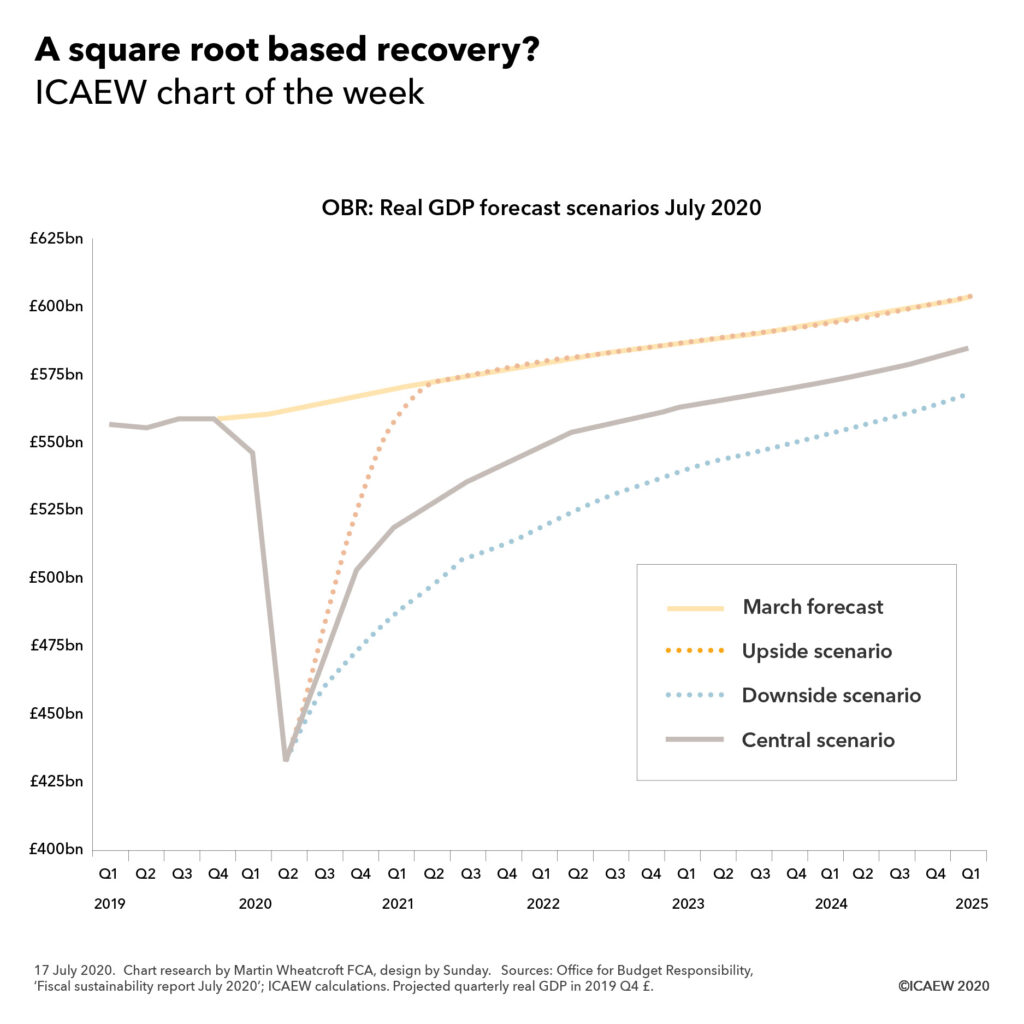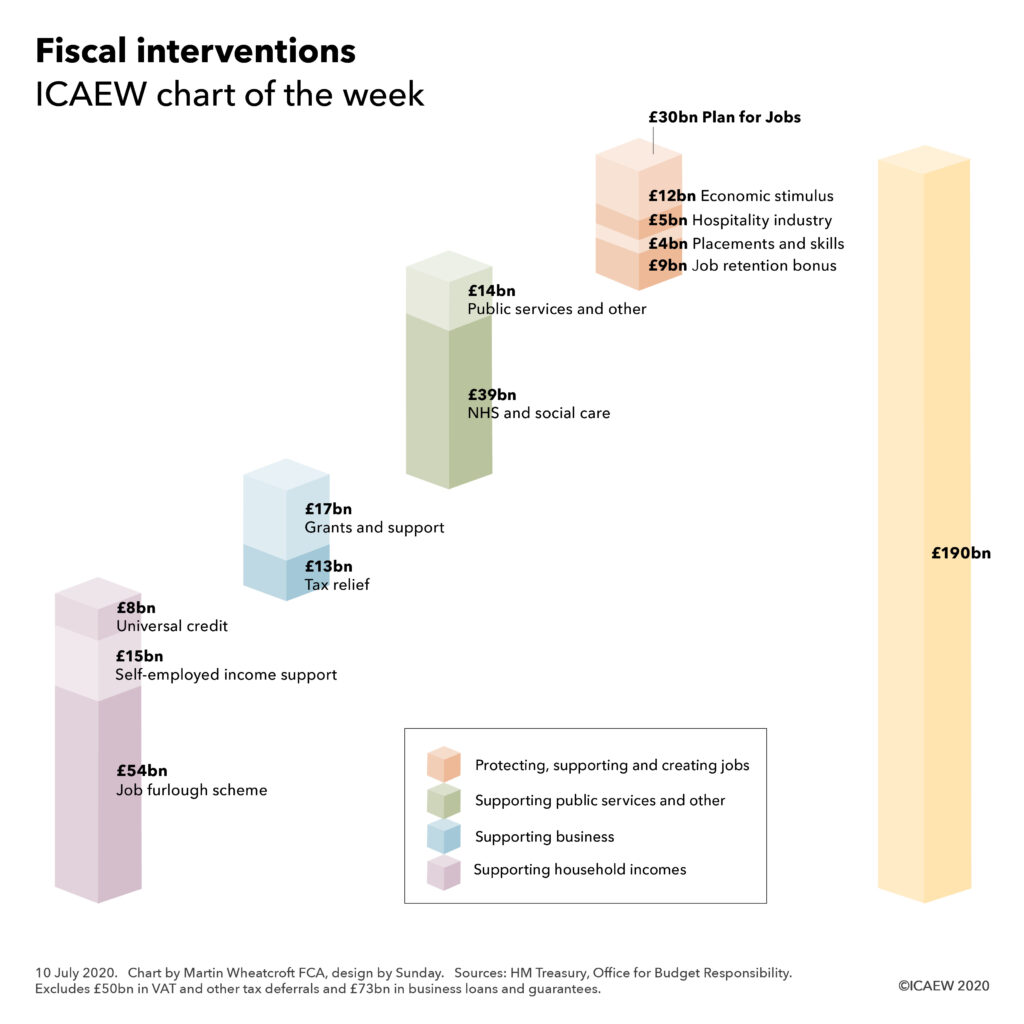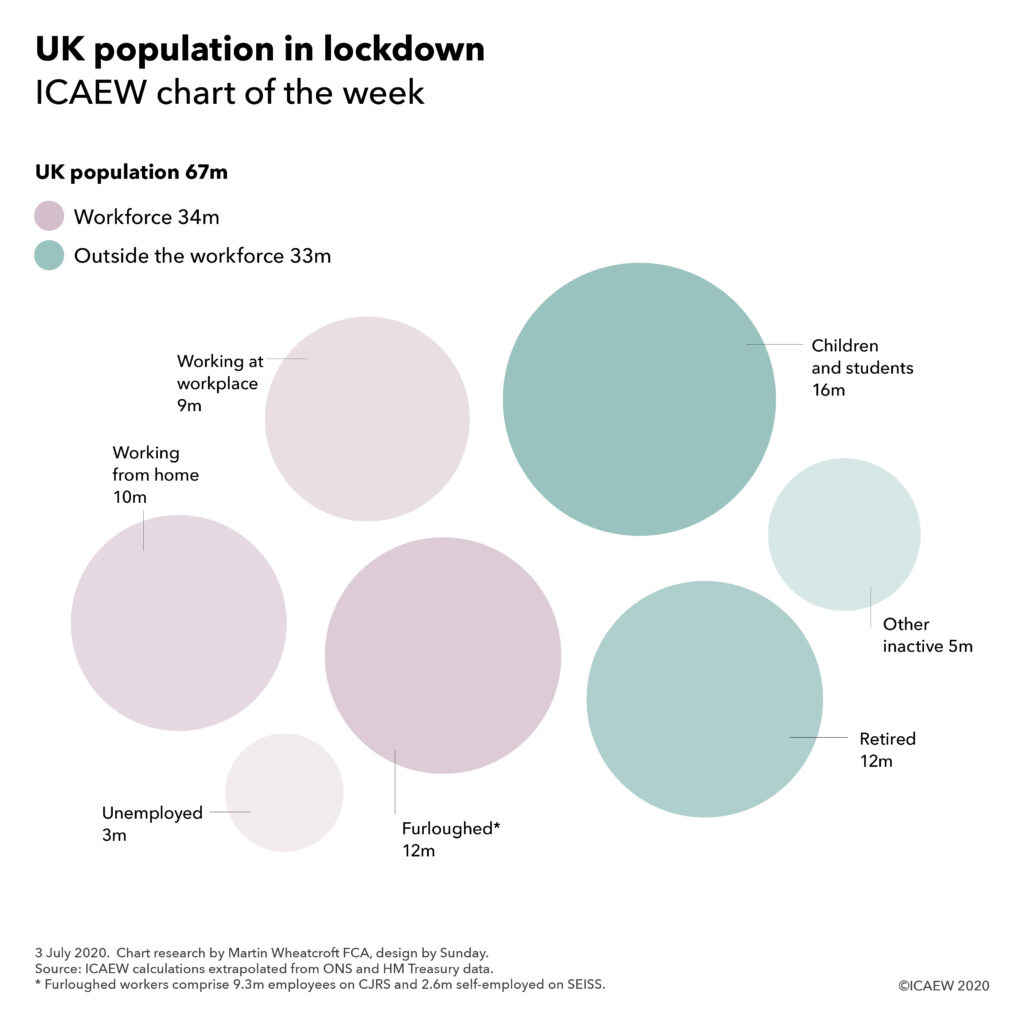14 July 2020: The National Audit Office has stated that vulnerable claimants struggle with Universal Credit and face financial difficulties, while administration costs are still too high.
The National Audit Office (NAO) has issued a new report on the troubled Universal Credit welfare benefit that is in the process of replacing six existing benefits. The report states that the Department for Work Pensions (DWP) should do more to support vulnerable people and others who struggle to make a claim.
With many more people on Universal Credit, the NAO reports that the number of people paid late increased from 113,000 in 2017 to 312,000 in 2019. As a proportion this was an improvement, going from 55% to 90% paid on time, but for those paid later than the scheduled five weeks the average additional delay was three weeks. Some 6% of households (105,000 new claims) waited around 11 weeks or more for full payment.
The NAO also reports that the cost of implementing Universal Credit had risen from £3.2bn to £4.6bn, not including the effect of the coronavirus pandemic. The average cost of administrating each claim has fallen to £301, but this is still higher than the DWP business case target for 2024-25 of £173 per claim.
Many of the payment delays affect vulnerable claimants and others who struggle to make a claim, especially as many are in financial difficulty before they apply. Nearly half have not been earning in the three months before claiming, while many are already in rent arrears. Claimants with more complex needs and circumstances, such as people with learning difficulties, can struggle to engage with the claims process or to provide the evidence required, leaving them at greater risk of being paid late.
Around 57% of households making a new claim obtain an advance payment, but this can lead to further financial hardship and debt when that advance is deducted from subsequent payments. The proportion is much higher for more vulnerable claimants, including the very poorest, those with disabilities or those with children with disabilities.
The NAO says that the DWP has been doing well in paying proportionately more people on time and has made improvements to its systems to address problems that were blocking large numbers of payments. However, the NAO also found that the DWP needs to better understand and address the needs of people with more complex claims.
Fraud and error are listed as “major issues” in the report, with over one in ten pounds paid through Universal Credit being incorrect. The DWP estimates that £1.7bn (9.4% of claims) was overpaid in 2019-20 and that 1.1% of claims were underpaid, the highest error rate for any benefit outside of tax credits. These errors contributed to the NAO qualifying the DWP’s 2019-20 accounts for the 32nd year running earlier this month.
The NAO’s work relates to the period before the coronavirus pandemic caused a significant jump in the number of claims for Universal Credit (over three million since the beginning of March). Dealing with vulnerable claimants will be even more critical if they are not to slip through the safety net.
Commenting on the report Alison Ring, director for public sector at ICAEW, said:
“The NAO report highlights how challenging implementing Universal Credit has been and how many vulnerable claimants are struggling financially. It complements the DWP on improvements to date but reports that late payments are still a significant issue – as are fraud and error.
Although the DWP appears to be making better progress in rolling out Universal Credit than before, it is still not expected to be fully implemented for several years to come. It remains a complex welfare benefit and more thought should be given to its design and how it could be improved to reduce delays, reduce the need for advance payments and reduce the likelihood of error and fraud.
The NAO also highlights the challenges that DWP is currently experiencing, with over three Universal Credit claims since the beginning of March.”
This article was originally published by ICAEW.



